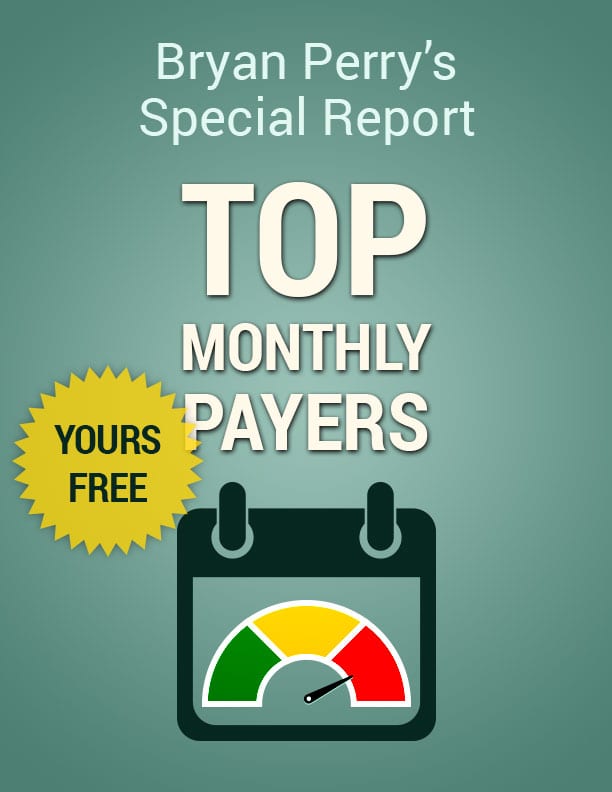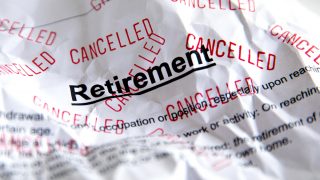Last Friday, the U.S. Treasury market took it on the chin following the release of the May unemployment data showing the economy added 272,000 jobs versus consensus of 185,000. The market’s response was an immediate jump in yields. The yield on the 10-year note settled 15 basis points higher, and eight basis points lower on the week, to 4.43%. The 2-year note yield jumped 15 basis points, which left it two basis points lower on the week, to 4.87%.
The message to investors is pretty clear: don’t expect a rate cut in July or maybe even September as the market has been anticipating based on trading patterns. The latest CME FedWatch Tool shows a nearly 92% probability of the Fed holding the Fed Funds Rate at 5.25-5.50% at the July 31 Federal Open Market Committee (FOMC) meeting. This is up from 65% probability from one month ago and underscores the higher-for-longer narrative.
The upshot from the jobs report is that good news for the labor market is typically good news for the economy and organic growth for small-to-medium-size businesses. But accessing capital to expand one’s business is more costly in today’s lending rate environment, which is a headwind to borrowers, but a major tailwind to lenders providing easy access to capital.
With regional and community backs saddled with billions of dollars in low-yield Treasuries that are trading at deep discounts to par value, way too much exposure to corporate office properties with vacancy rates and more stringent lending standards brought on by the regional bank collapse of 2023, companies are turning to business development companies, also known as BDCs, to meet the capital needs of companies looking to borrow at today’s lofty rates.
For those unfamiliar with the BDC structure, they are a type of closed-end fund that invests in small-to-medium-sized companies, helping firms grow in the initial stages of their development. Many BDCs are public companies whose shares trade on the major stock exchanges, thereby making it possible for retail investors to earn exceptional yields on several of the leading BDCs.
There is a clear distinction between BDCs and Private Credit Funds that deploy up to 200% leverage to finance a great deal of M&A activity. A good majority of Private Credit Funds require investors to hold their money in the funds for five-10 years, making for a non-liquid investment. It should be noted that the total U.S. fixed income market is valued at around $55 trillion, with roughly $2 trillion dedicated to the private credit market, of which there is roughly $545 billion in dry powder looking to invest in deals. So, while there are isolated situations where too much leverage can create a hot spot, the risk exposure relative to the entire fixed income market is not that high.
Today’s exchange-traded BDC market is valued at $156 billion spread among 79 BDCs with the ability to buy and sell shares with the click of a mouse. The average BDC has a debt-to-equity ratio of 1.10% that reflects almost no use of leverage. Like Private Credit Funds, BDCs do finance non-listed companies that make for liquidity risk. Hence, the higher yield is intended to compensate investors for the risk of an adverse liquidity event.
BDCs are also similar to real estate investment trusts (REITs) in that they are Regulated Investment Companies (RICS). As such, BDCs are required to pass through at least 90% of earned income to shareholders to avoid paying corporate income taxes. The BDC must be a domestic company and invest at least 70% of its assets in private or public U.S. firms with market values of less than $250 million.
There are a few ways BDCs make capital available to private businesses — through the purchase of equity in the companies, issuing a convertible bond, structuring loans or using some form of a combination of these. In today’s market, BDCs are heavily weighted in floating-rate loans within their portfolios that adjust to higher rates when short-term rates rise.
The Fed’s 11 rate hikes in a row have made being in the BDC business very lucrative with the top BDCs portfolio compositions invested at least 90% in floating rate debt tied to Fed Funds, or the Secured Overnight Financing Rate (SOFR), which replaced the London Interbank Offered Rate (LIBOR) in 2023. As of June 6, the SOFR rate stands at 5.33%. Loans issued by BDCs will be crafted as SOFR, plus 6%, for example, making the cost of interest to the borrower over 11%.

It is not uncommon for lending rates from BDCs to exceed 13% when one considers they are investing primarily in private illiquid companies. Therefore, investors are on the receiving end of juicy dividend yields ranging from 8-14% annually. The number of portfolio companies invested in by BDCs varies from under 20 to over 100, depending on the BDC’s strategy. One way to diversify the risk for investing in BDCs is to consider an exchange-traded fund (ETF), such as the VanEck BDC Income ETF (BIZD), that owns several of the biggest by assets under management (AUM) BDCs in its top holdings: https://www.vaneck.com/us/en/bizd/fact-sheet/.
The 30-day Securities and Exchange Commission (SEC) yield for BIZD is 10.03%, paying a quarterly dividend. Several BDCs have implemented monthly payouts — a highly attractive feature to income investors. Because of the squeeze on lending by banks, the demand for capital by private businesses and the Fed’s tighter monetary policy that is showing fresh signs of staying at current higher levels, business conditions for BDCs are downright bullish. The chart of BIZD is similar to the one of its holdings, up and to the right.

As long as the labor market remains robust, and economic growth stays steady even if slower, then BDCs will, in my view, continue to produce solid quarterly results. If the Fed does begin to cut interest rates, then it will likely be time to consider reducing or moving off most floating rate-related assets. Until then, BDC investors have been and will likely continue to enjoy both robust yield and some capital appreciation.



